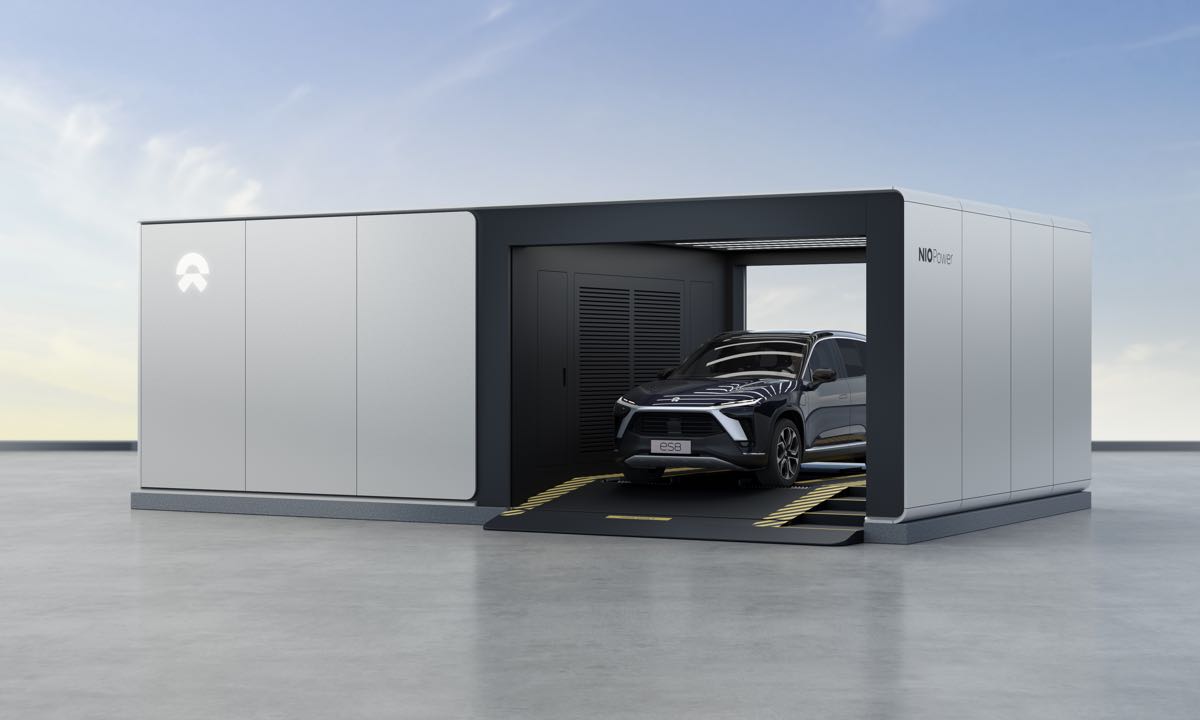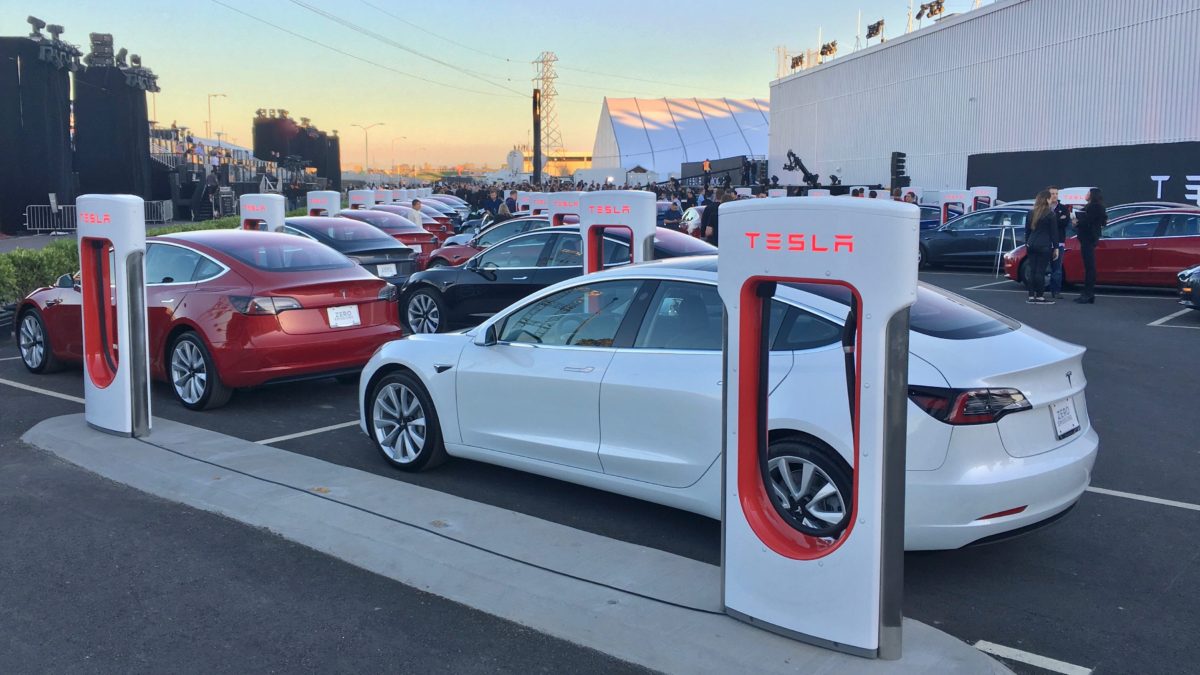While popular carmakers producing electric vehicles (EV) such as Nissan, Tesla or BMW are focusing on how customers can charge their cars in a faster and more seamless way, new entrants in the market are pushing another method to give EV their charge. Founded in 2014 in Shanghai, China, NIO is a car manufacturer specialising in EV (Wikipedia, 2022). Nio is known for developing an alternative to the charging stations: the swapping stations. In December 2021, NIO had more than 700 swapping stations throughout China, which provided more than 5,3 million battery swaps in total (NIO, 2021). The principle of these stations is simple: when an NIO owner arrives at the station, the car parks itself on the swapping location, the battery is swapped within 3 minutes and the driver does not have to come out of the car during the whole process. The business model behind this technology was named by NIO as “Battery as a service”. The car can be bought without a battery, leading to a cost reduction of around 10.000 USD. The customer can then pay per swap or take a subscription that will include a certain number of swaps in a month.
But is this technology better than the existing fast-charging possibilities?
Battery swapping comes with advantages, but also a set of drawbacks.
First of all, the main advantage of this technology is the waiting time for the user. While a full charge for a Tesla at a Tesla Supercharger takes around 25 to 30 minutes (Cline, 2022), a battery swap usually takes between 3 and 5 minutes. A report by McKinsey showed that the waiting time for the charging process was one of the barriers to the adoption of EVs (Heineke et al., 2020). Additionally, this short time required for swapping a battery allows for more efficiency, which would be ideal in congested areas. The second advantage is economic. In swap stations, batteries can be charged when the cost of electricity is lower, making it more cost-efficient. Thirdly, this service can enable easy battery upgrades when a more advanced battery is available. This can help preserve the car’s performance, but also resale value.
On the other hand, battery swapping brings the problem of battery standardization. Not all batteries are the same size, and not all carmakers are willing to standardize their battery size among their models. Moreover, always having charged batteries at the swapping stations require the manufacturers to produce far more batteries than cars, increasing the pressure on the finite supply of resources required for their production.
To conclude, it is still unclear whether battery swapping can achieve better economical, ecological, and practical performance than fast charging. Both methods have great opportunities, but they both require important development. As the BaaS model is increasingly important in China, it will be interesting to follow its performance closely, to understand where and how the swapping stations can play a role in the new EV charging network. It is easy to imagine a coexistence of these two systems, where battery swapping could benefit professional usage, and where charging stations would be used for the regular commute.
References:
Cline, A. (2022, July 22). How Long Does It Take to Charge a Tesla at a Charging Station? MotorBiscuit. Retrieved October 9, 2022, from https://www.motorbiscuit.com/how-long-does-take-charge-a-tesla-charging-station/
Heineke, K., Holland-Letz, D., Kässer, M., Kloss, B., & Müller, T. (2020). ACES 2019 survey: Can established auto manufacturers meet customer expectations for ACES?
NIO. (2021, December 10). NIO Achieves Annual Target of 700 Battery Swap Stations Ahead of Schedule | NIO. Retrieved October 9, 2022, from https://www.nio.com/news/nio-achieves-annual-target-700-battery-swap-stations-ahead-schedule?noredirect=
Wikipedia. (2022, October 9). NIO (car company). Retrieved October 9, 2022, from https://en.wikipedia.org/wiki/NIO_(car_company)




